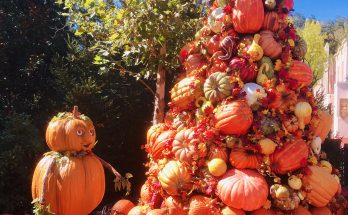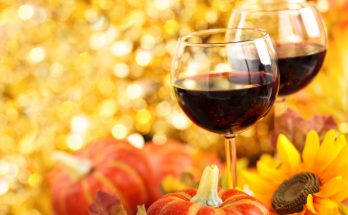We love them both, but how do the French pair these two delicacies with such success? Here are some secrets unveiled.
The Concept of Terroir
There is a rule: “what grows together goes together.” This means that regional foods will go best with the regional wines. So it is true for cheeses and wine. You will probably never go wrong pairing a local cheese with a local wine. This is thanks to the centuries old concept of “terroir”. Terroir is really the cumulative effect of many forces present in a particular spot: geography, climate, soil type, local vegetation, and even the cultivator’s own hand.
These forces combine to give the food, wine, and animal products their own distinctive flavor and style. In the wine world, winemakers often claim to have a “micro-climate” of their own, especially in Burgundy where the divisions can sometimes come down to a few rows here or there of the most prized terroir.
Terroir Wine Tip
A dry, floral Chardonnay or a “yellow wine” from the mountainous Jura region in the East of France goes best with a local nutty and fruity Comté cheese. Likewise, an ultra-creamy Mont d’Or (also called “vacherin”), made in the Jura region, goes excellently with a local dry Jura wine. You can find these cheeses, as well as Comté’s cousin, Gruyère, from across the border in Switzerland, in gourmet cheese shops and at certain Whole Foods stores. Ask your wine purveyor about Jura and similar types of wines to go with these cheeses.
Appellation of Protected Origin
France is very good about preserving regional differences and protecting the integrity of regional products by designating “appellations.” These criteria dictate how and where a certain cheese or wine may be produced. There are only 45 protected appellations in France for cheese (though hundreds of varieties), and depending on whom you ask, there are hundreds of appellations for wine!
Appellation Wine Tip
One such cheese appellation is Roquefort. You can’t call it Roquefort if it doesn’t come from the caves of Roquefort, which are fabled to have a certain kind of micro-organism that makes the flavor (the blue “mold” is initiated by cheese makers using a spore harvested in the area).
You can pair Roquefort with a local red from the surrounding region of Languedoc, but you can also pair it with a sweet wine from the French Southwest, or even a gewurtztraminer – a hearty white from the Alsace region of France, to match the rich flavors of the cheese. In short, pairing by region or appellation serves as a great guide to get you started, but you can also try other pairings from further afield, of course.
Planning Your Wine and Cheese Tasting
Just as you would do a wine tasting of several wines from the lowest in acidity and tannin to the highest in acidity and tannin (“lighter” wines to “heavier wines”), you would do the same for cheeses, and pair them with this in mind.
Some aspects of cheese to consider are texture (creamy vs. hard), cow vs. goat or sheep, fresh vs. aged. Because of the creamy nature of a brie or a triple cream St. André, you might try a “stronger” wine such as a structured and fruity Burgundy or other Pinot Noir wine, especially if the brie is aged and mushroomy. You could try a dry white Burgundy Chardonnay with a fresher brie,
Camembert, which also has a slight mushroomy aroma to it can pair well with a Sauvignon blanc from the Loire Valley or from Bordeaux, and if the camembert is aged, follow the French and have it with a cider, a local product of the Normandy, where the Camembert de Normandie appellation originates.
Goats, Sheep and Cows, Oh My!
Goat and sheep cheeses will tend to be stronger than cow cheeses, especially when aged. My favorite, the Crottin de Chavignol, (similar goat “crottins” are available in some Whole Foods, if not the original Chavignol) pairs well with a low tannic red from the Loire, a crisp Loire Valley Sancerre (known for its goat cheese), or a rosé from Provence.
A cow cheese that is neither hard nor soft but somewhere in the middle with lots of flavor like a Reblochon can go well with either a medium-bodied fruity red or a dry white.
The key is to not overpower the cheese with the wine nor the wine with the cheese, though the leeway in between is vast. So don’t be afraid, just experiment!



